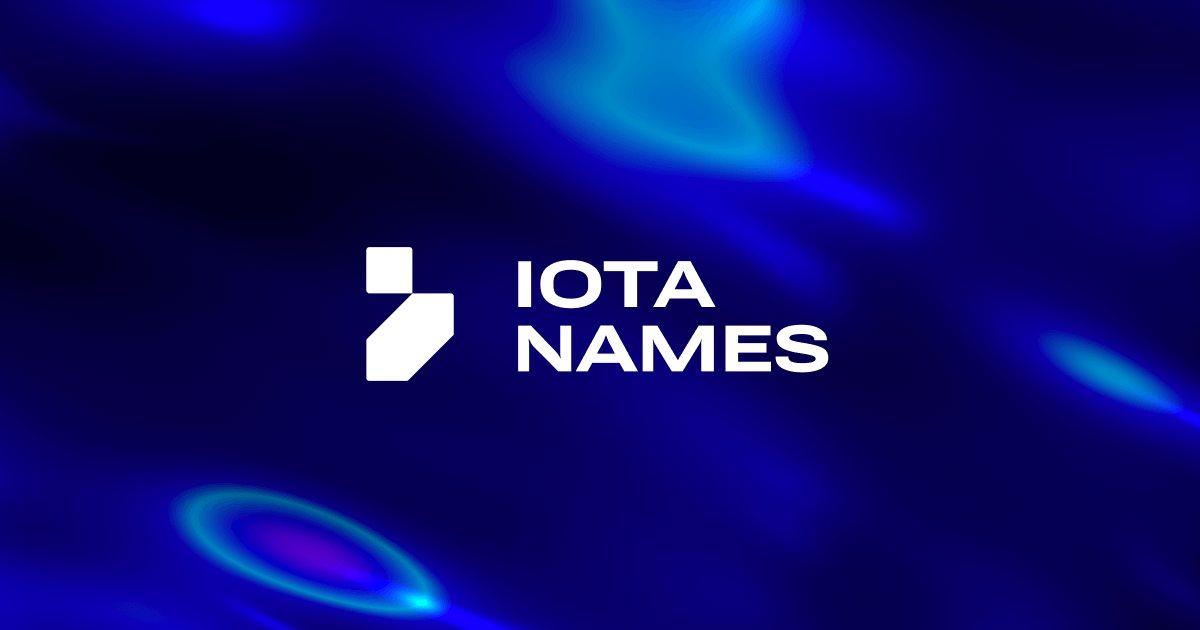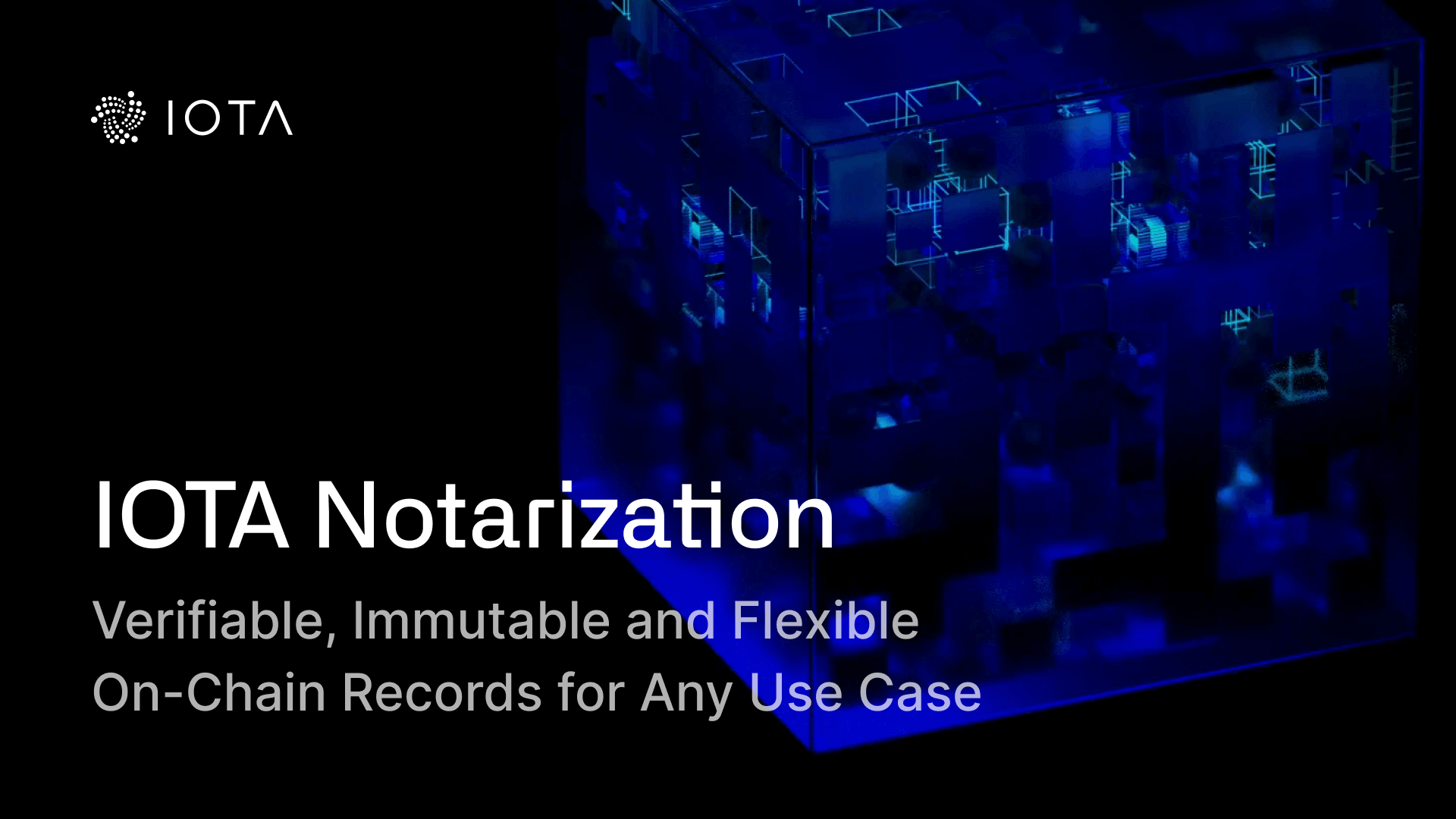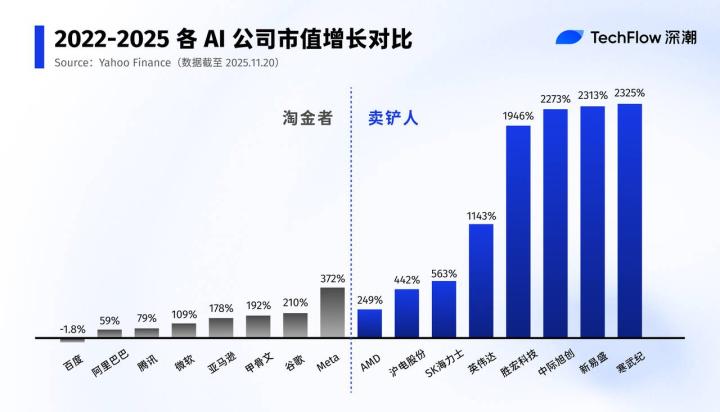New releases. New integrations. Real-world traction.
Across R&D, adoption, and ecosystem growth, we’ve pushed IOTA closer to becoming the global infrastructure that brings the real world on-chain. Here’s a look at what we built, shipped, and scaled over the past quarter.
Research & Development
Q3 has been a productive quarter for our R&D department, with significant progress across multiple initiatives.
Starfish Consensus Mechanism: In Q3, we successfully deployed the non-sharded version of Starfish onto Devnet. This implementation alternates between Starfish and Mysticeti, enabling our team to gather comparative data and gain deeper insights into the distinct behavioral patterns and performance characteristics of each consensus mechanism.
The non-sharded implementation represents a critical foundation for achieving the complete version of Starfish. The key difference is that the non-sharded version broadcasts complete transaction data, while the complete version uses erasure coding to break data into encoded shards for more efficient dissemination. Our codebase is now substantially complete, with the primary remaining component being the decoding portion. This puts us in an excellent position as we look ahead to Q4, when we aim to bring the sharded version of Starfish to Devnet.
Even with the deployment of the complete version, our work on Starfish will be far from complete. Consensus mechanisms of this sophistication require continuous refinement, and we have a robust roadmap of subsequent improvements planned. Over the coming months, we’ll iterate on the implementation, optimizing performance, and fine-tuning the mechanism based on empirical data and evolving network requirements.
IOTA Names: In Q3, the team released IOTA Names on Testnet, our first user-facing decentralized application. IOTA Names is a naming service that lets users register human-readable names like instead of using lengthy hexadecimal addresses like This simplifies token transfers and identity representation on the network while minimizing the risk of errors.
The application comes with features like subdomains and an auction system for acquiring names. The Testnet version is currently available at https://testnet.iotanames.com/, and we’re evaluating the requirements for a Mainnet deployment.

Several key initiatives progressed substantially in Q3 and will continue into Q4 as we work toward completion:
Validator Reputation Score has been deployed on Mainnet, where each node currently tracks its own objective interpretation of scores for other validators. In Q4, the team will work on bringing the score through consensus so it becomes part of the system state. This will enable further use cases such as performance-based staking reward distributions.
Move View Functions has beendeveloped to provide easier access to detailed data of on-chain objects and improve the developer experience. We plan to ship Move view functions to Testnet in Q4 with integrations into our SDKs.
Account Abstraction has seen multiple prototype implementations finalized in Q3. Account abstraction enables on-chain objects to function as accounts with dynamic authentication and authorization schemes, essential for building sophisticated applications like proper on-chain multi-signature solutions similar to Gnosis Safe. In Q4, the team plans to deploy the core version of Account abstraction onto Devnet to create an internal demo application that implements a full on-chain multi-sig solution.
SDK v2 will be maintained separately from the monorepo to enable faster compilation times. The new version will also provide bindings in Go, Kotlin/Java, and Python, as well as a WASM version, making IOTA development more accessible to a broader range of developers. We’re looking forward to shipping a beta version of SDK v2 in Q4.
Product Adoption
The Product Adoption team continued its focus on turning IOTA’s public infrastructure into production-ready tools while supporting partners as they scale towards real-world deployment.
Following the onboarding of the first three participants earlier this year, three additional partners have now been accepted into the Business Innovation Program – we’ll introduce them in the coming weeks.
On the product side, Q3 saw two significant releases:
IOTA Notarization was released in July, providing a lightweight and verifiable way to anchor documents, credentials, or events to the IOTA ledger. This tool enables builders to create immutable audit trails with minimal overhead, supporting use cases from regulatory compliance to supply chain transparency.

IOTA Hierarchies followed in August, introducing a mechanism to structure relationships between decentralized identities. With this release, organizations can formally represent federations, trust anchors, or membership networks on-chain, aligning IOTA more closely with governance and compliance needs.

Here’s a handy overview of our product releases and their resources:
IOTA Identity (March 2025): Repo, Examples, Docs, Blog Post, Website, Discord
IOTA Notarization (July 2025): Repo, Examples, Docs, Blog Post, Website, Discord
IOTA Hierarchies (August 2025): Repo, Examples, Docs, Blog Post, Website, Discord
Outreach also played a key role in Q3. The Product Adoption team engaged with builders and researchers at the TUM Blockchain Conference, highlighting IOTA’s progress and gathering feedback on real-world integration needs. Ecosystem partners such asOrobo and ObjectID expanded their visibility through industry events in Europe and Asia, underlining the growing recognition of IOTA-based solutions in sustainability and identity-focused domains.
TWIN and TLIP
Two major announcements were the highlights ofQ3 for the Trade Worldwide Information Network (TWIN). It was adopted by Salus to tokenize trade documents and anchor audit trails on the IOTA ledger, bringing trust and automation to mineral supply chains. GLEIF signed an MoU with IOTA to link its global Legal Entity Identifier system to TWIN’s on-chain infrastructure, simplifying cross-border authentication and compliance.



On the infrastructure side, TWIN completed the first version of the decentralized storage component, enabling synchronized copies of federated catalogues and registries across TWIN Nodes. Work also advanced on data rights management, with an analysis of theW3C ODRL framework and an initial implementation of key interfaces such as Policy Administration Point and Policy Decision Point. In parallel, an initial proof of concept of the TWIN Data Space Connector was completed, along with the first tests using custom TWIN DS Connector Apps, marking a significant step toward secure, modular data exchange across TWIN-enabled networks – while respecting everyone’s data sovereignty.
These topics and TWIN use cases, such as Digital Product Passports and three-party document sharing, were covered in the most recent TWIN Technical Webinar, part of our open-source commitment.







